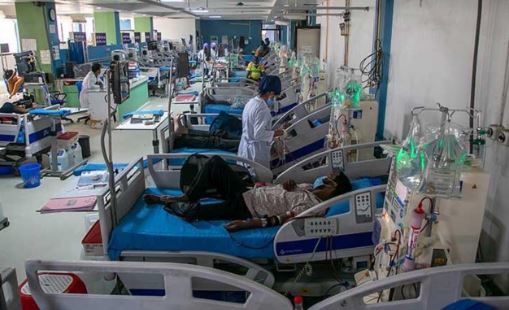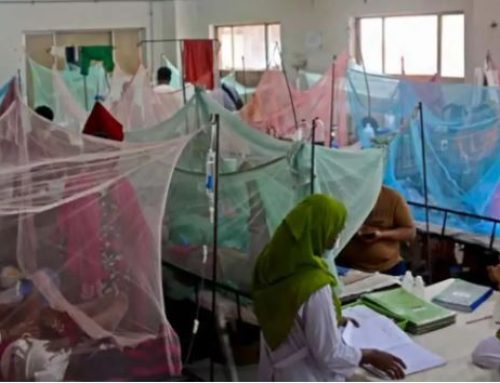Project Description
Author: sharmin et al.
Summary:
Renal cell carcinoma (RCC) has diverse biological and functional traits, making it a challenge to predict the prognosis of RCC based on histological characteristics alone. Biomarkers such as E-cadherin and Ki-67 are recently being utilized to detect and evaluated the behavior of carcinomas. This cross-sectional study aimed to assess the immunohistochemical expression of E-cadherin and Ki-67 and compare them with histopathological type and grade of RCC.
This cross-sectional study enrolled 50 histopathologically confirmed RCC cases. Cases were evaluated elaborately, encompassing histological parameters such as morphological type, pathological stage, and tumour grade. Immunohistochemistry was done to assess E-cadherin and Ki-67 expression. E-Cadherin expression in tumour samples was classified into two categories: “Preserved” reflecting high expression and “Negative” indicating low or minimal expression. High Ki-67 expression was defined as >15% nuclear reactivity, while low expression was <15%.
The mean age of the study cases was 50.9 ± 9.6 (SD) years and 70% of the patients were males. Most were clear cell carcinoma (50%), Stage pT2 cases (48%) and grade 2 RCC (60%). Preserved E-Cadherin and high Ki-67 expression was in 28 and 12 cases respectively. E-cadherin expression was significantly associated with pathological staging (p=0.023) and histological grades (p=0.006). The association of Ki-67 with the pathological stage (p=0.030) and histological grades (p<0.001) was statistically significant. morphological variants did not show any significant association with E-cadherin expression and Ki-67 expression. the E-cadherin expression was negatively correlated to KI-67 expression (p=0.002).
Conclusion: Routine use of E-cadherin and Ki-67 in conjunction with histopathological
grading and staging in RCC may provide prognostic information for
categorizing high-risk patients.
Status: Ongoing
Full text link: Not available



